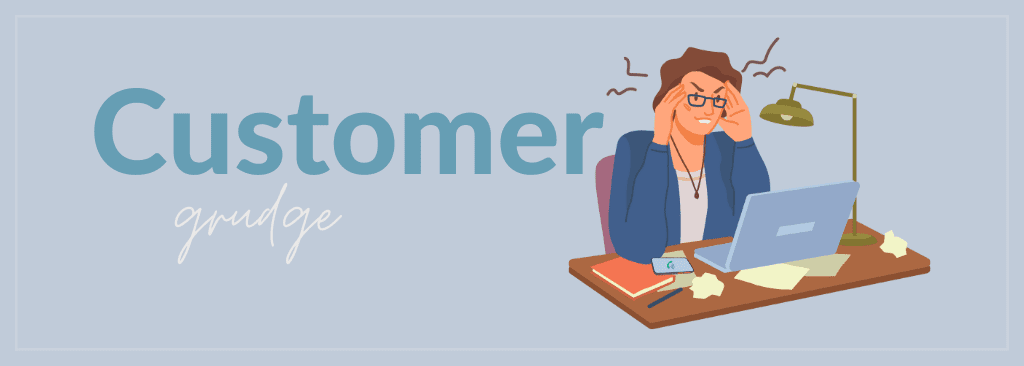Do Customers Hold Grudges After a Bad Experience?
I read an article in Singapore Business Review (SBR) titled, “Consumers hold grudges after getting bad customer service.” This article got me thinking about whether I, as an individual, would hold something against a brand after a bad experience.
It looks like I have and indeed would continue to hold it against the brand.
Let Me Give You an Example
On a busy day, I went to a large retail outlet near my house. The parking lot was full, and the security officer in the parking lot was literally shouting at the customers. I was surprised that it was a high-end store, and people would undoubtedly mind being yelled at.
I got the parking without getting shouted at and entered the shop. The experience inside was completely different.
They greeted us promptly, and someone directed us to the kid’s section where we wanted to go. A sales representative there helped us pick and choose what we wanted and helped with finding a trial room, and the experience inside was beyond expectation.
So, I decided to do something about the experience in the parking lot.
So, I sought out the store manager and complimented them on the experience inside. I also asked him to come out with me and observe the parking lot without saying anything for a few minutes.
He agreed, and we went out and stood at a distance from the parking lot. In the second minute, we saw the security guard shouting at one of the customers for not parking his car right, and he yelled at a two-wheeler rider as well.
The problem was the security guard was from an outsourced organization, and the retail outlet did not include them as a part of their training. So, they become the obvious points where your customer experience can break.
Wouldn’t it make sense to include all the stakeholders in your brand training to ensure a consistent customer experience?
I am not sure how many people did not enter the outlet after the experience at their parking facility.
Check out our article on: Broken Customer Experience
Here Is Another Example
I went shopping at a high-end outlet in a mall where my wife wanted to pick up some stuff. It was the ladies’ section, and while she was choosing, I picked up a high-stool that was available and sat on it.
The store salesperson came to me and said that I was not allowed to sit on that chair. I asked him why I was not allowed to sit on it. He said I could choose to sit on a chair 100 meters away and not sit on this high stool.
The place wasn’t crowded at all. That entire section had only three people – me, my wife, and the salesperson.
I told him that he could give me the reason why I shouldn’t sit there and I would vacate the place, or I would leave the shop and never return to that outlet.
He said I could choose to leave, but he could not let me sit there.
Here the in-store experience was the problem, and not outside of it.
So, we left. I am 100% sure that I would not return to that outlet.
This example is a training issue again. The salesperson has been told that people should not be allowed to sit on the high stool if they are not trying out anything, and he followed the process blindly. Besides, he was not polite enough to tell me the reason.
Most experience issues can be handled with a proper training process, coupled with common sense on knowledge on how to implement the process.
Check out our article on: Identify Bad-Fit Customers
SBR Findings
- 47% displayed negative buying behavior two years or more after going through a bad experience, according to a Zendesk report.
- 94% of the people admitted that bad customer service negatively changes buying behavior
- Over a third (36%) said not being able to contact customer service with their preferred channel contributed to a bad experience
